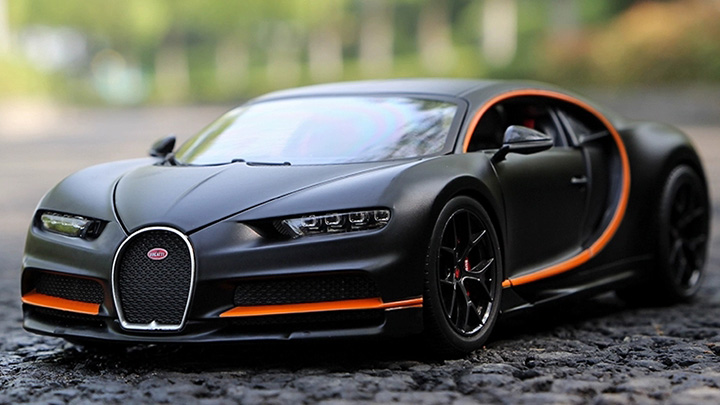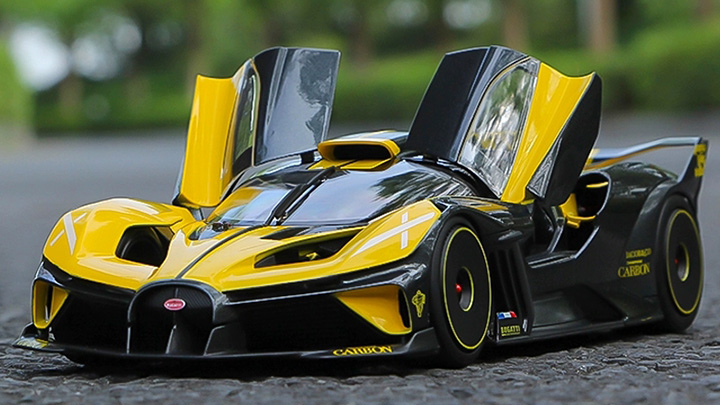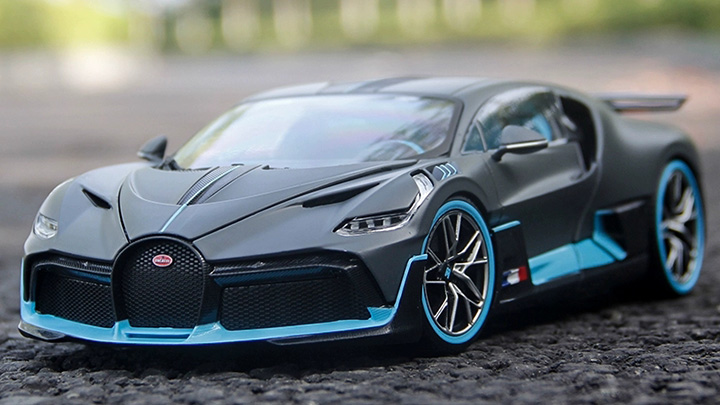How to Choose the Right Car Model: A Collector's Guide
Car models—also known as die-cast or scale models—are more than just toys. They are miniature representations of real automobiles, cherished by collectors, hobbyists, and car enthusiasts worldwide. Whether you're buying your first model or adding to an existing collection, selecting the right car model requires attention to detail, scale, and purpose. Here's a helpful guide to help you make the right choice.
1. Determine the Purpose of Your Purchase
Before buying, ask yourself:
Are you a collector or a casual buyer?
Is it for display, play, or as a gift?
Do you want modern cars, vintage classics, or race cars?
Your purpose will influence the type, quality, and scale of model you should choose.
2. Choose the Right Scale
Car models come in various scales, which represent the ratio between the model and the actual car. The most common are:
1:18 scale – Large, detailed models with openable doors, hoods, and interiors. Ideal for serious collectors.
1:24 scale – Slightly smaller, still detailed but more affordable.
1:43 scale – Popular for its balance between size and cost. Often used for classic and racing cars.
1:64 scale – Small and affordable (e.g., Hot Wheels or Matchbox). Great for kids or casual collecting.
Tip: If you’re planning to display your models, consider choosing a consistent scale for a uniform look.
3. Look at Material and Build Quality
Car models are typically made from:
Die-cast metal – Durable, realistic, and heavier. Most premium models use die-cast.
Plastic – Lightweight and more affordable, often used in budget or toy-grade models.
Resin – High-detail and smooth finish but more fragile than die-cast.
Check details like:
Paint finish
Precision of the logos and emblems
Interior detailing (seats, dashboard, steering wheel)
Moving parts like doors, hood, and wheels
4. Research the Brand
Trusted model car brands include:
AUTOart – High-end models with excellent realism.
Maisto – Affordable, good for beginners or casual collectors.
Bburago – Budget-friendly, widely available.
Minichamps – Known for racing and classic car replicas.
Hot Wheels / Matchbox – Popular for fun, small-scale collecting.
Brand reputation often reflects build quality, pricing, and model selection.
5. Consider the Model's Rarity and Collectibility
Some car models are limited editions, making them more valuable over time. Look for:
Numbered series or certificates of authenticity
Discontinued models
Special releases (e.g., anniversary editions or licensed replicas)
If you’re buying as an investment, rarity and condition matter.
6. Set a Budget
Prices vary widely:
Toy-grade models: $5–$20
Mid-range collectibles: $30–$100
High-end or limited editions: $150–$500 or more
Define your budget based on how much detail and authenticity you want. Sometimes it’s worth spending a bit more for a well-crafted, lasting piece.
7. Think About Display and Storage
A beautiful car model deserves to be showcased properly.
Consider getting a display case or shelf to keep it dust-free and protected.
If you're collecting many, label or organize by brand, type, or era.
For long-term preservation, avoid humid or sunny areas that can damage paint and decals.
Conclusion
Choosing a car model is a fun and rewarding experience, especially if you take the time to understand your preferences and the quality you’re getting. Whether you're a passionate collector or a beginner, there’s a perfect car model out there for you—one that reflects your taste, style, and automotive passion.



